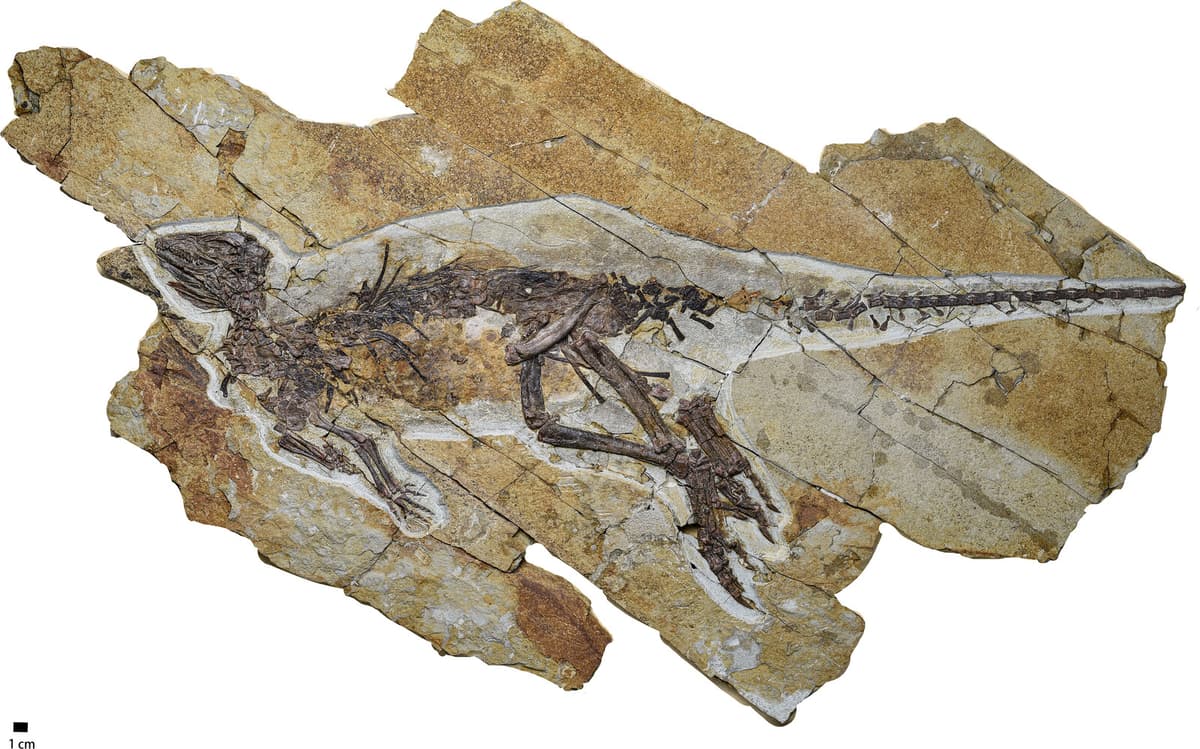For a long time, it has been speculated about how the dinosaurs sounded when they lived. In movies, they usually sound like growling and roaring mammals, but no one has known if this is true to reality.
On the other hand, the dinosaurs are closely related to birds – which can actually be said to be living dinosaurs. Some researchers have therefore assumed that many of them may have sounded like ostriches or maybe even like ducks or chickens.
Preserved vocal organ
The newly discovered dinosaur, which has been named Pulaosaurus qinglong, is described in the scientific journal PeerJ. It lived 163 million years ago, during the Jurassic period, in what is now northeastern China. The skeleton is extremely well-preserved and almost complete. The species was quite small, no larger than a medium-sized dog, and the dentition shows that it was a herbivore.
The most remarkable thing is the preserved larynx. On only one previous occasion has a similar find been made in a dinosaur, the armored dinosaur Pinacosaurus grangeri. This discovery is also from China, but is of a much younger date. Larynxes are often built up of cartilage that is rarely preserved as fossils. The birds' vocal organs are partially built up of real bone, but the bones are small and fragile.
Sounded like a bird
The larynx of Pulaosaurus resembles that of birds, even if it was not as finely constructed. It was larger but sufficiently flexible to be able to produce bird-like sounds. Maybe it chirped like a sparrow or clucked like a hen.
Pulaosaurus and Pinacosaurus belonged to two separate families and neither of them is on the same branch that gave rise to the modern birds. The researchers therefore believe that bird-like sounds developed already in the very earliest dinosaurs, over 230 million years ago. The ability was then inherited by all dinosaurs.
Does this mean that Tyrannosaurus rex sounded like a duck? Well, probably it had a more impressive and frightening vocal repertoire.
The dinosaurs all have the same origin, but belong to two distinct branches that separated early in their development. One is Saurischa, which includes the carnivorous dinosaurs and their descendants, the birds, as well as the herbivorous sauropods or long-necked dinosaurs. The other branch is Ornithischia, which includes, among other things, the duck-billed dinosaurs, the horned dinosaurs, and the armored dinosaurs. All of these were herbivores.






